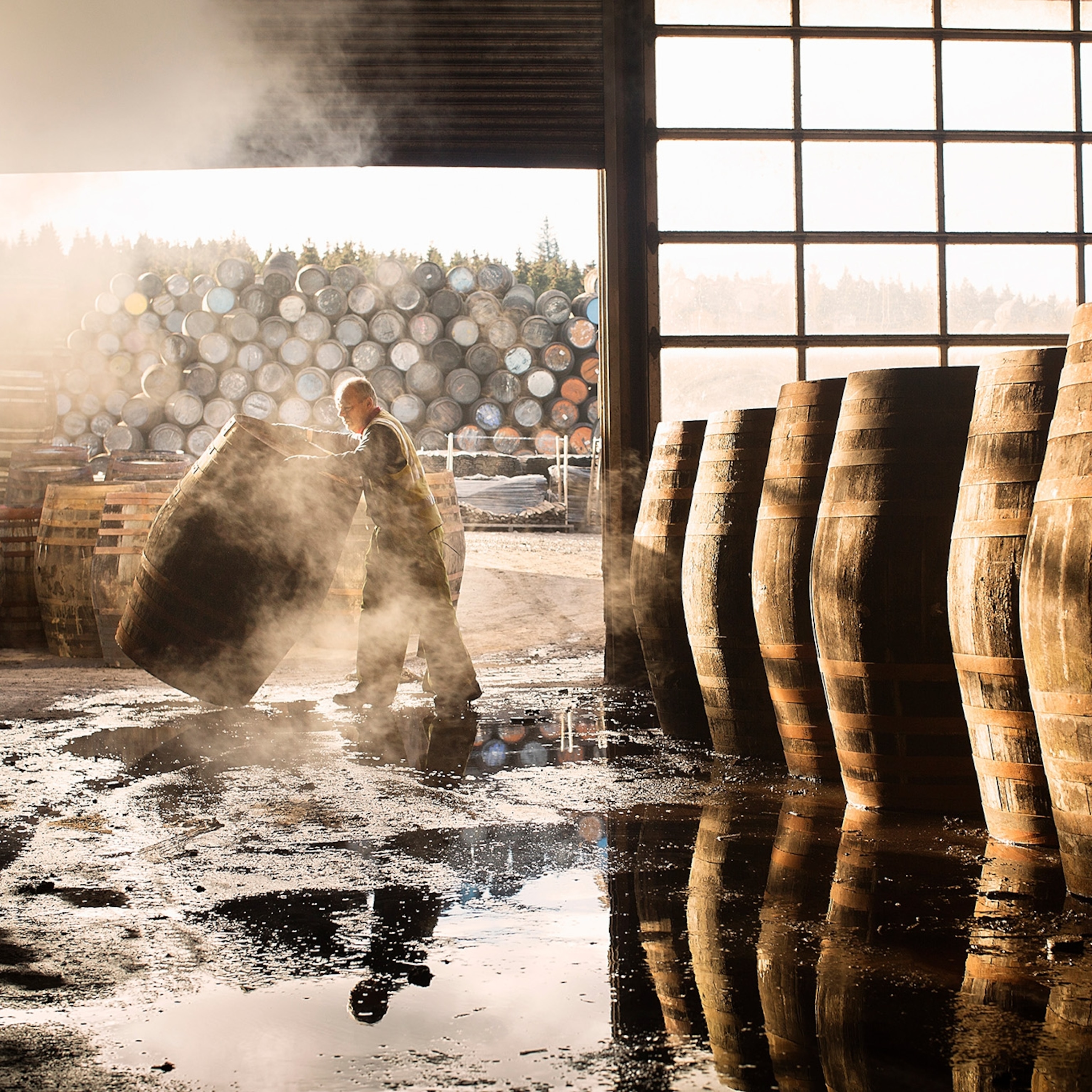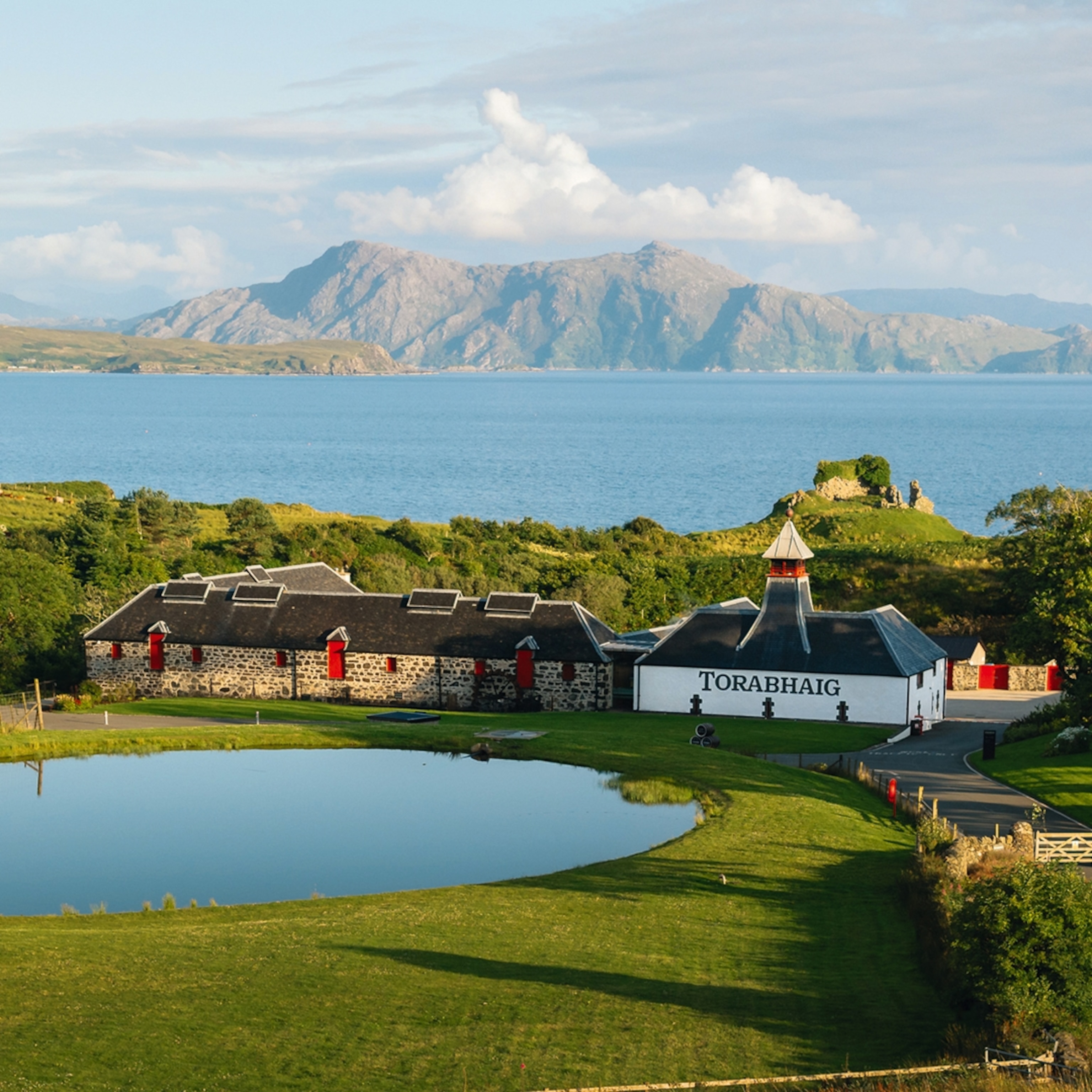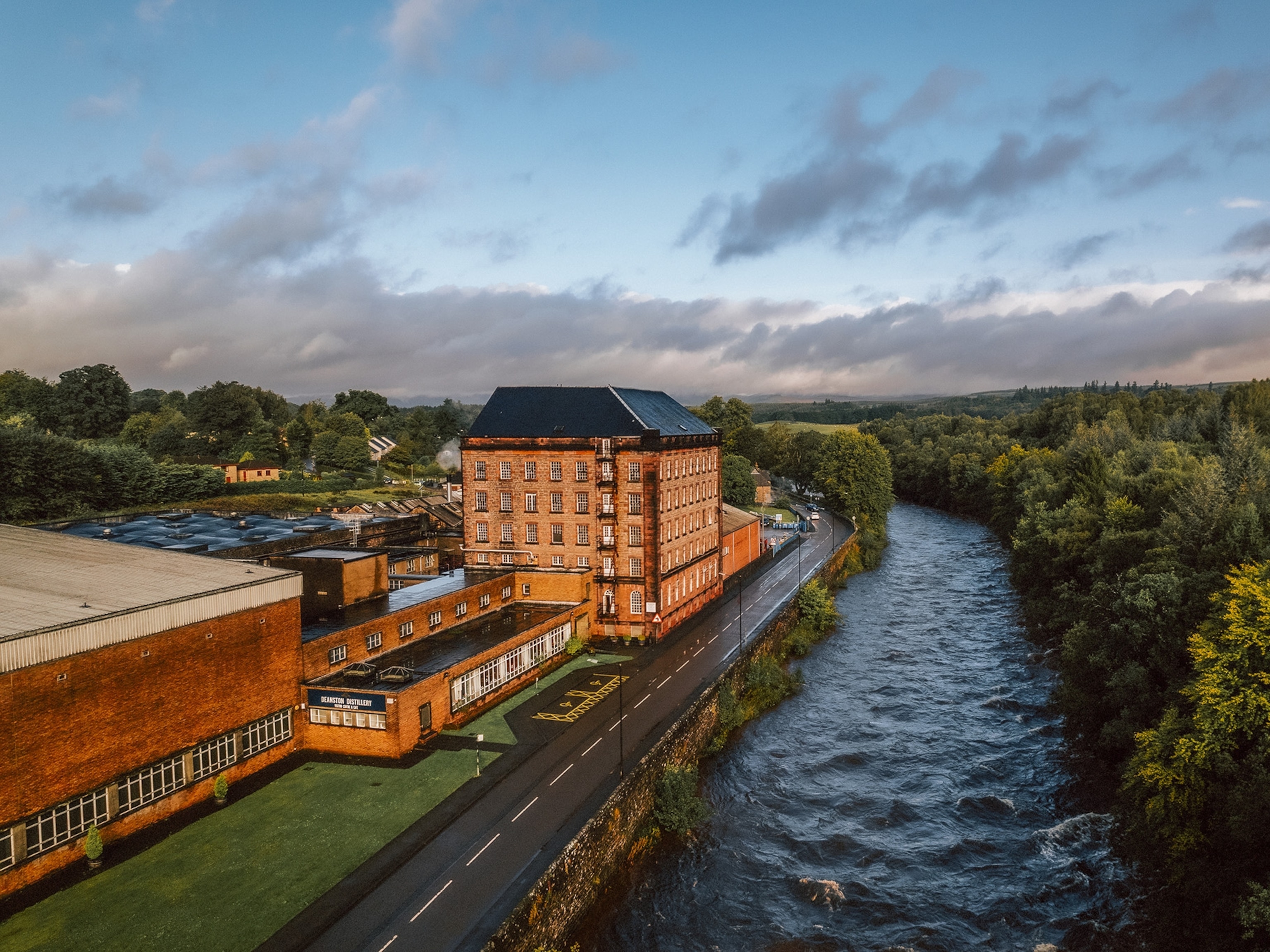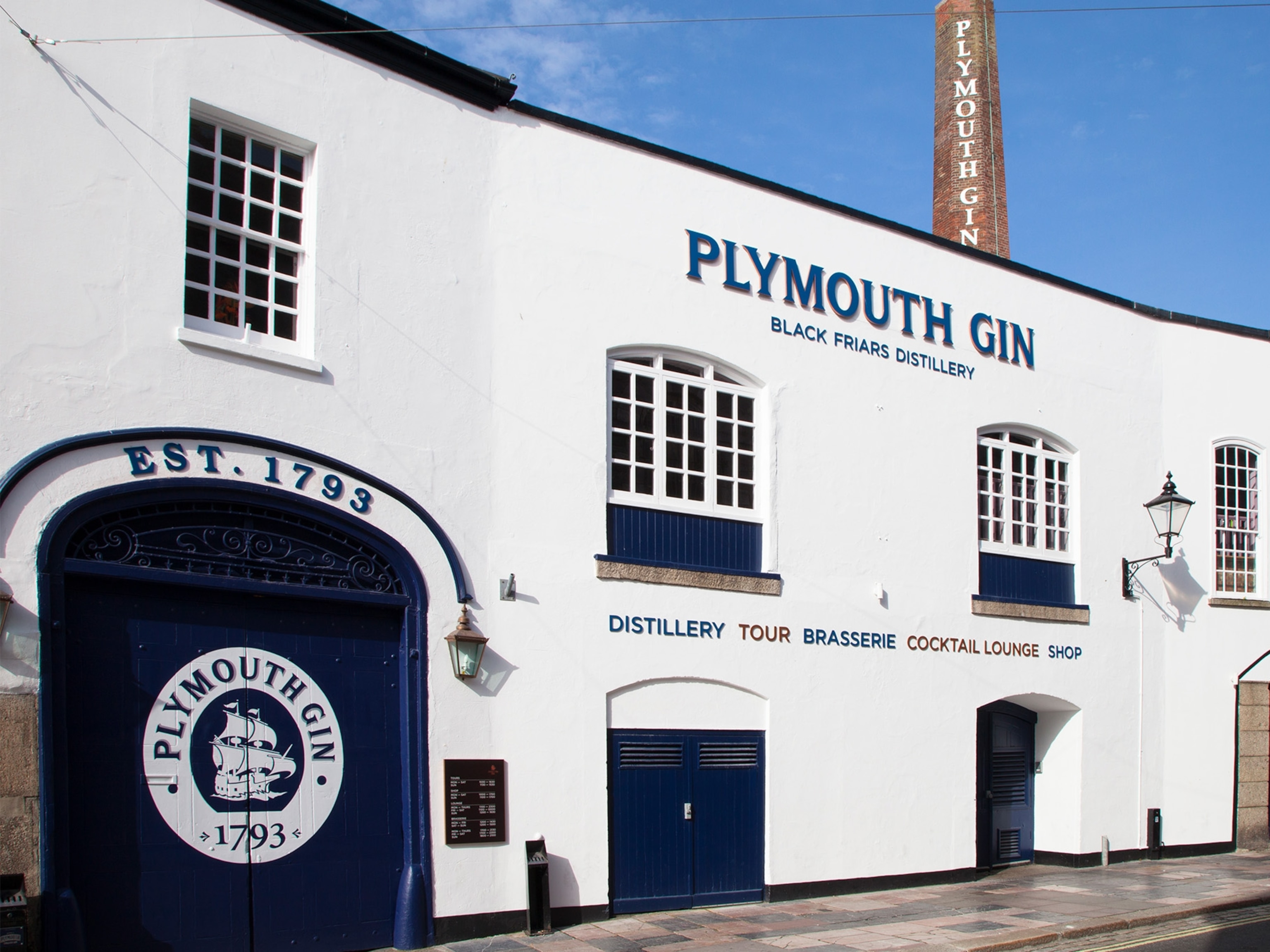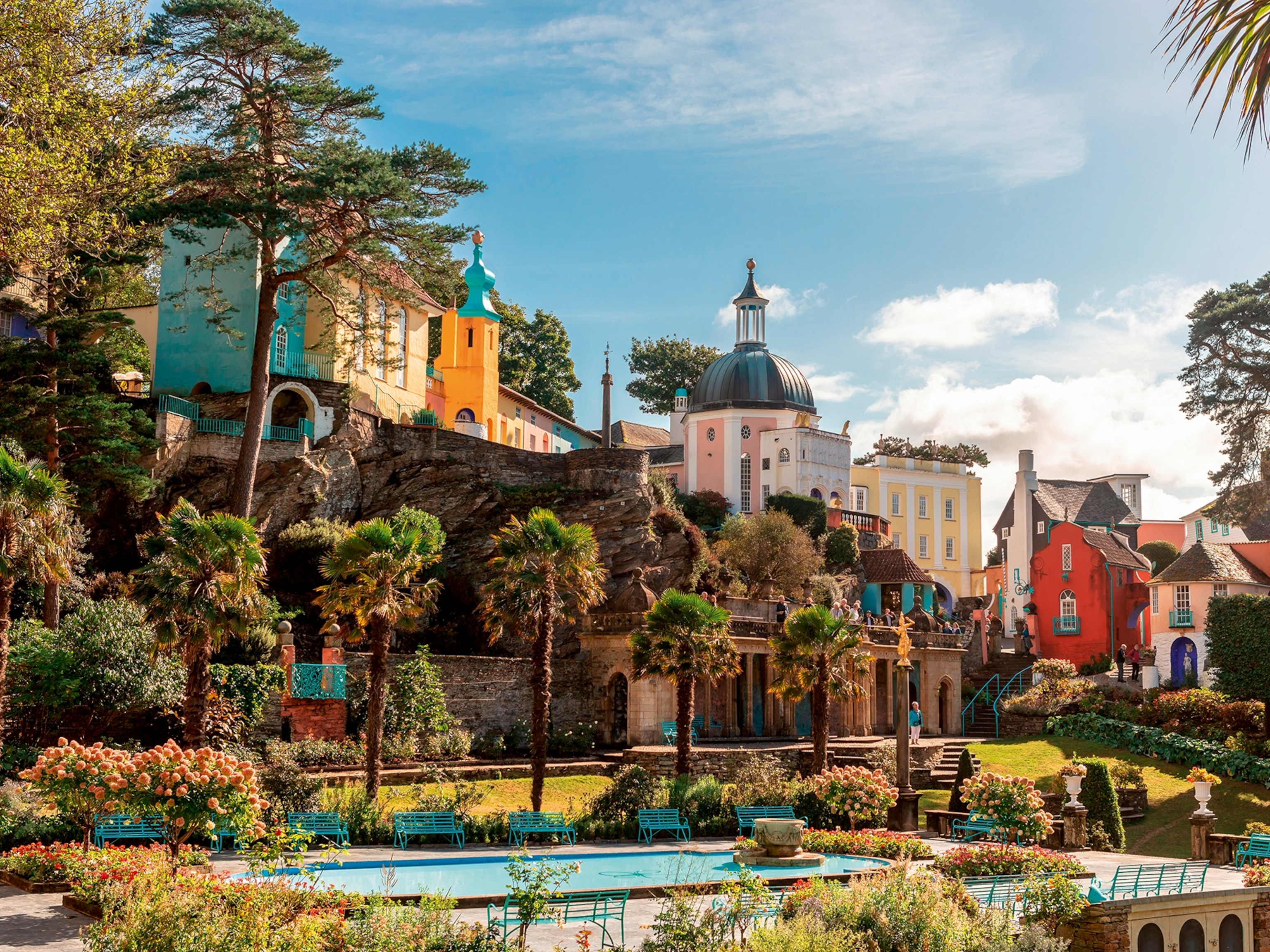
Fun tastings, fancy tours: how Scottish whisky experiences are evolving
With whisky widening its appeal in recent decades, the Scottish distilleries producing it now offer a lot more than whistle-stop tours and tartan souvenirs.
When John Laurie used to hear the words ‘whisky’ and ‘tourism’ uttered in the same breath, it conjured images of perfunctory distillery tours with a swift exit through a gift shop laden with predictable trinkets. “It was all shortbread tins, bagpipers and tartan,” he says.
Laurie, a whisky fan with a professional background in the leisure industry, is managing director of The Glenturret distillery. Founded on the banks of the River Turret in Perthshire in 1763, it claims to be Scotland’s oldest working distillery.
By the time Laurie arrived at The Glenturret in 2017, its visitor attraction was successful enough — attracting up to 250,000 a year, generally via coach from nearby Edinburgh for what became known as The Famous Grouse Experience. At the time, the company that owned The Glenturret also owned the Famous Grouse whisky brand.
But when The Glenturret was put up for sale in 2018, Laurie spied an opportunity. Aware of a bubbling demand for a more evolved, higher-end experience, he took advantage of a buyout in 2019 by Swiss luxury goods company the Lalique Group.
Over £5m of investment later, The Glenturret is a distillery transformed. As well as revamping the tours to dive more deeply into the distillery’s heritage, Laurie introduced a fine dining restaurant in 2019. Within months, it won a Michelin star. The new Lalique Boutique, meanwhile, has no shortbread — but you can pick up a 50-year-old single malt bottled in a black-crystal Lalique decanter for £50,000.
The dramatic shift of a distillery with over 250 years of history to what Laurie describes, in impeccable corporatese, as a “super-premium positioning” reveals a lot about a buoyant industry. Across Scotland, and at the popular as much as the premium ends of the market, a sleepy, tartan-clad bear has been given a shot in the arm, waking up to the potential of its brands and destinations.
“There’s been this big shift from a time where distilleries were operational plants that maybe had a visitor centre plonked on top, if there even was one, to now, where they’re being designed around the visitor experience,” says Blair Bowman, a prominent, Edinburgh-based whisky writer, consultant and broker.
Bowman, who’s also a tourism ambassador for Scotland Food & Drink, a Scottish government-backed industry body, is thinking, in particular, of Macallan, whose new £140m distillery and visitor experience opened in 2018 on the banks of the Spey, 35 miles east of Inverness. It has a strikingly modern, undulating timber roof and acres of glass overlooking the river. The range of tours runs from an afternoon tasting at the bar all the way up to the four-hour, £250 ‘mastery experience’, which includes a meal with paired wines and a tutored tasting at the distillery’s Cave Priveé.
It’s a long way from the standard tour and tasting that Glenfiddich pioneered with the first Scottish distillery visitor attraction in the late 1960s — The Glenturret was the second distillery to let visitors peek inside, in the 1980s, according to Laurie.
“There’s a lot more interaction than there used to be,” Bowman tells me, from his home in Edinburgh. “It used to be a bit boring — you’d watch a little video, go on your tour and get your whisky at the end, and that was about it.”
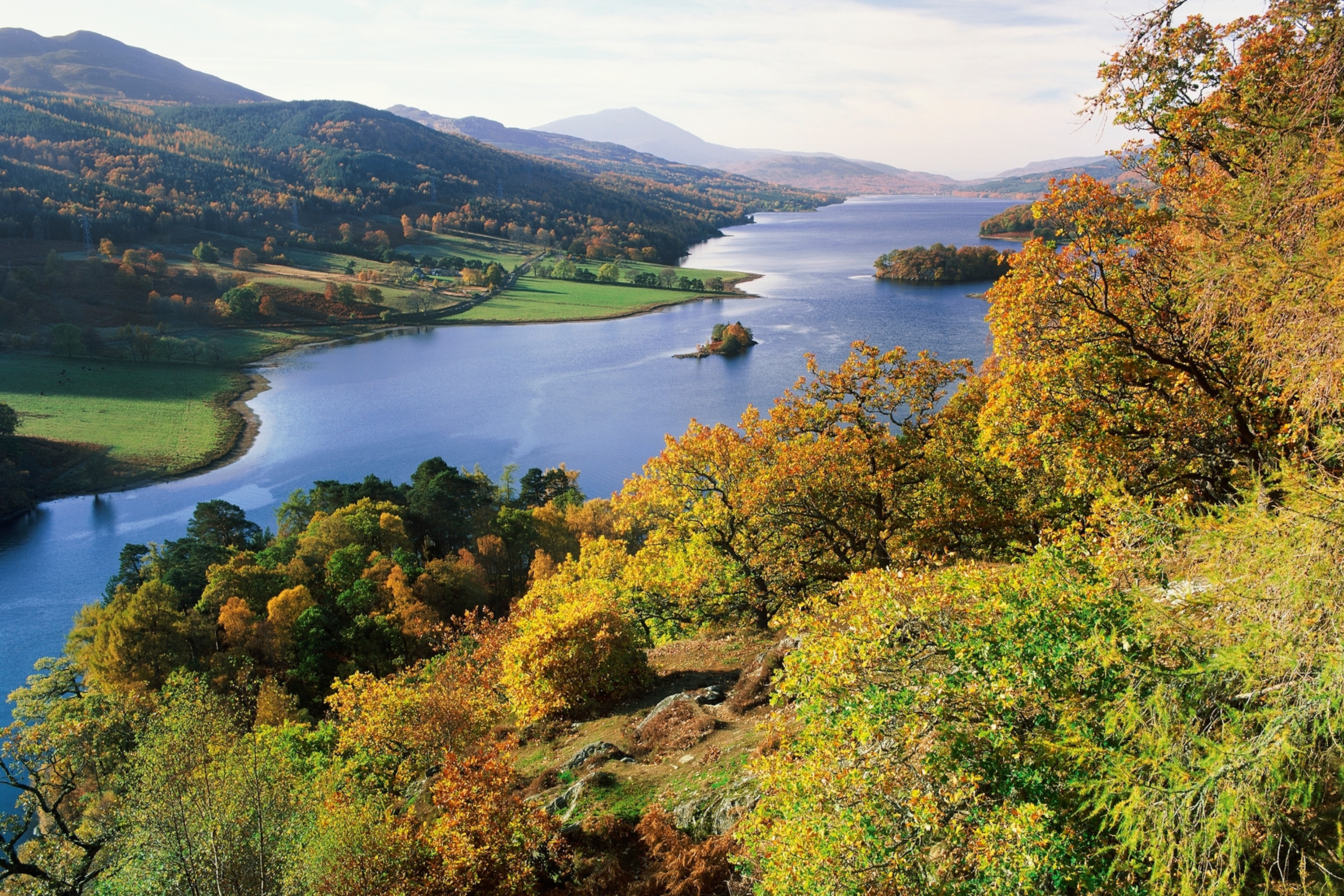
Pilgrims’ progress
Bowman likens the trade today to a distilled version of a pilgrimage, where devotees from all over the world pay homage to whisky in what’s also, quite conveniently, one of the most beautiful regions of Europe. “There’s something quite special about making that journey to Scotland, getting a car or a ferry and going to a remote location to taste whisky where it’s from,” he says.
It was ever thus, but now the industry is taking a cue from other industries, including the wine trade, where vineyard tourism has thrived for decades with elaborate visitor centres and fancy restaurants. “We’re still generations behind wine but we’re catching up quickly,” Laurie says.
Visitor stats appear to bear that out: Scotch whisky tourism had reached a peak just before the pandemic, with 2.16 million visits to more than 70 distillery visitor centres in 2019, according to the Scotch Whisky Association — an increase of two-thirds since 2010, which followed a £200m investment over the previous five years. In 2019, £85m was spent by visitors — 66% of whom were from overseas; almost 20% from the US, with Germany and France the next biggest dram-seeking nations.
Anecdotal evidence since the great reopening suggests the investment is paying off, as visitors flock once more to Scotland. A lot of the money is being focused on broadening the market to appeal to younger would-be whisky drinkers, and create a generational, as well as geographical, gateway to the distilleries.
In September 2021, Diageo, one of the biggest players in British booze — it owns Guinness and Smirnoff, as well as eight Scotch whisky brands, including Johnnie Walker and Talisker — opened Johnnie Walker Princes Street, an eight-floor, art deco temple to malted barley housed in a former House of Fraser department store in the centre of Edinburgh.
The interactive museum-with-drinks, which welcomed more than 300,000 visitors in its first year, offers immersive tours and is more neon-and-cocktails than casks-and-tartan. At the 1820 rooftop bar, cocktail ingredients include pomegranate, douglas fir and ancho chilli.
“Rather than just talking about the production of whisky, we wanted to introduce a new generation and really bring that whole experience to life about the craft and the people in the place that it’s made,” says Barbara Smith, a veteran of the zoo industry who’s now a managing director at Diageo, where she’s responsible for its visitor experiences. Smith says 56% of visitors to Princes Street are new to Scotch whisky. In January, Diageo credited a sales boost in 2022 to the success of the new attraction, with a 25% increase for Johnnie Walker alone.
The spirits giant has growing competition. On the other side of Edinburgh Castle, The Scotch Whisky Experience announced in February that it was spending £3m to revamp a visitor attraction that first opened on the Royal Mile in 1988 with investment from 19 whisky companies. Not far away, the Holyrood Distillery, which opened in 2019, is part of a new wave of independent, artisanal distilleries run by bearded 30-somethings who wouldn’t look out of place running a craft brewery under a railway arch. It too has several visitor experiences, including a paired tasting of whiskies and beers from Edinburgh’s craft breweries. In June, it’s hosting The Mash Up, an annual festival centred on whisky, gin, beer and food.
“I think the traditional whisky approach — of whisky being drunk in a particular way by a particular drinker, and gender, is definitely changing,” says George McNeil, chairperson of the Spirit of Speyside festival, an annual event hosted in dozens of venues across Scotland’s biggest whisky-producing region. “We’re seeing a much younger audience engage, and a more female audience, which is fantastic.” McNeil says this year’s festival, which took place in late April, was the biggest to date, with around 3,000 tickets sold in record time to whisky pilgrims from 35 countries.
Numbers are also up at Diageo’s dozen-or-so distillery visitor centres, including Lagavulin, on the Hebridean Isle of Islay, and Clynelish, which handily sits on the popular North Coast 500, a scenic loop of rural Scotland that starts and ends in Inverness. Across Scotland, demand for self-guided distillery tours has emerged as a trend. In 2016, the Malt Whisky Trail relaunched its website with new funding as part of a collaboration with nine destinations in Speyside, including Glenfiddich. It now contains recommendations for hotels and restaurants along the way. A Hebridean Whisky Trail was launched in 2018, connecting old favourites such as Talisker, as well as Scotch upstarts such as the Torabhaig distillery, which opened on Skye in 2017.
Premium product
The whisky sector is doing so well that ‘ghost’ distilleries, which shut in the 1980s due to a slump in demand caused by inefficiencies and overproduction, are being brought back from the dead. They include Brora, which reopened in 2021 and has an appointment-only visitor attraction and — later this year — Port Ellen.
A lot of the movement in whisky tourism is happening at the premium end of the market, as distilleries such as The Glenturret increasingly reposition themselves as a luxury brands. Blair Bowman has become the go-to broker for the ultra-rich who want to build trips to Scotland around quests for often-elusive casks. “They typically fly in by private jet and we’ll have cars or a helicopter picking them up and taking them to a distillery for a private tour,” he says.
Buyers at this end of the market are often serious collectors. Last year, an unnamed woman from Asia bought a one-of-a-kind cask from Ardbeg, on Islay, for a record £16m. It contains a combination of two rare casks distilled in 1975, not long before Ardbeg was mothballed during the whisky crash. The price includes the cost of pouring the whisky into 88 bottles over the next five years.
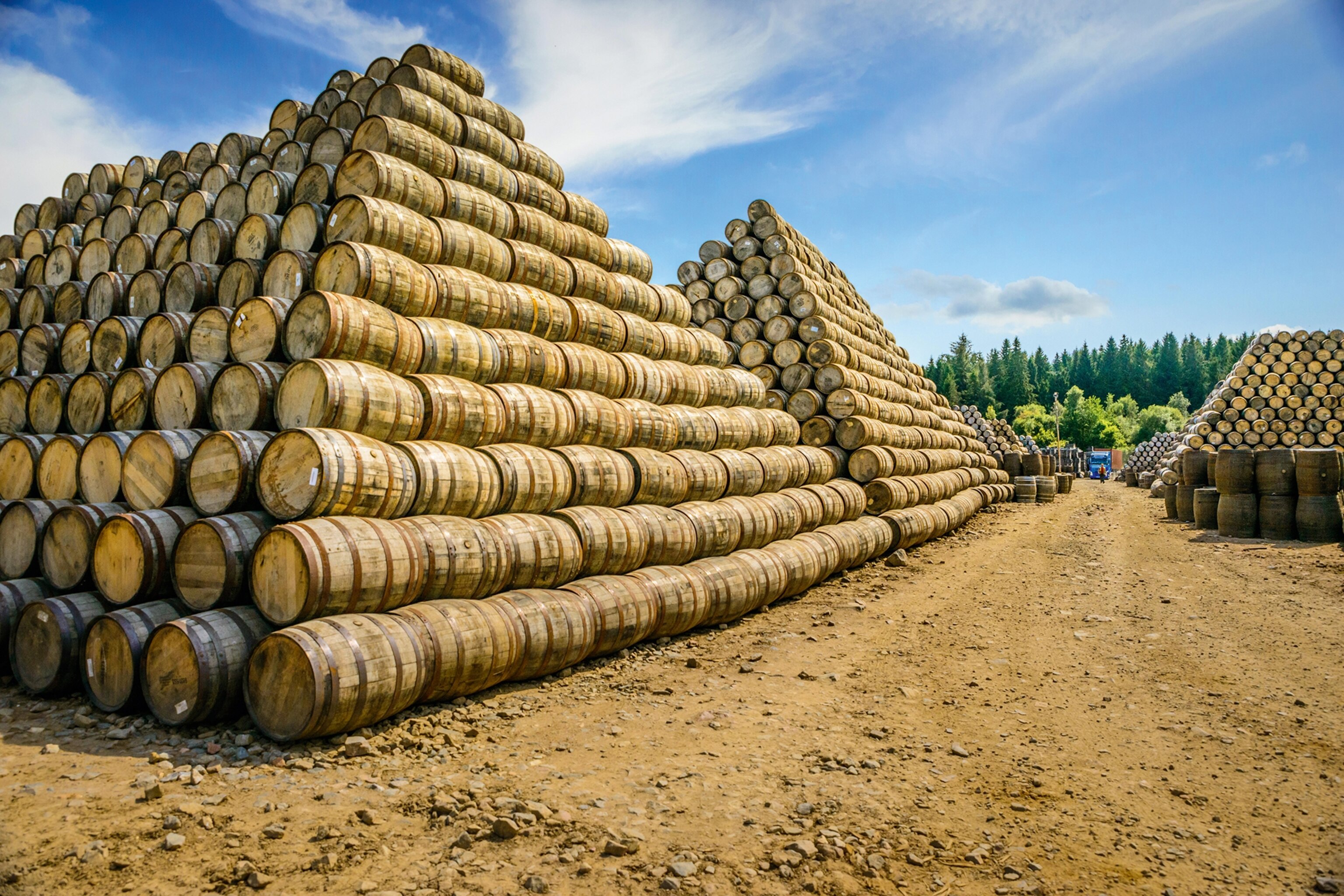
Bowman says he’s getting an increasing number of requests from buyers who want casks to mark special occasions. Most in-demand are increasingly scarce 30-plus-year-old casks of Macallan, which are worth six-figure sums. Clients often request casks that were laid down in their birth or wedding anniversary year, leading Bowman on searches that can take him to dusty corners of warehouses. He recently found twin casks that were filled on the day his client’s twin daughters were born. “I sometimes feel like the Indiana Jones of whisky,” he says.
Diageo’s private client service offers access to what it calls its ‘casks of distinction’, which are branded with gold stars after being selected from the company’s more than 50 warehouses and stored at the Royal Lochnagar distillery in Royal Deeside. Buyers are encouraged to visit their maturing casks on bespoke trips that can include fly fishing, as well as access to a private suite at Johnnie Walker Princes Street. In 2021, an anonymous buyer bought a 1982 cask from Brora for £875,000 at Sotheby’s — a price that included a journey across the surrounding landscapes with an award-winning photographer.
At The Glenturret, John Laurie says the transformation of an old distillery is about more than high prices and Michelin stars — visitors now spend on average five times more than they used to. “Previously people would come to us as part of a coach party and maybe they were interested but maybe they weren’t — they were just passing through,” he says. “But now they’re coming specifically to see us and get educated in our history and what we do. That’s what’s changing the industry, and it’s making a much richer experience.” That visitors are also more likely to leave with a Lalique bottle of single malt is, of course, a bonus.
USA
Last year, more than two million people explored the Kentucky Bourbon Trail, which includes 18 historic distilleries.
Japan
Surrounded by nature at the base of Mount Tennozan, between Osaka and Kyoto, the Suntory Yamazaki Distillery includes a sprawling whisky library and the obligatory tasting session to round things off.
Canada
A relative newcomer to the whisky world, having begun in 1989, the Glenora Distillery, on Cape Breton Island in Nova Scotia, is renowned for its award-winning single malts.
Northern Ireland
The Bushmills distillery, near the Giant’s Causeway, boasts an impressive heritage, tracing its roots to a licence to distil granted in 1608. There are two tours available.
Tasmania
Distilling alcohol was prohibited in Tasmania until 1992, when Bill Lark, an enterprising whisky maker, challenged the ban. Multiple distilleries have since started up on the island, and in 2014 a tipple from Sullivans Cove was named World’s Best Single Malt at the World Whiskies Awards.
To subscribe to National Geographic Traveller (UK) magazine click here. (Available in select countries only).
